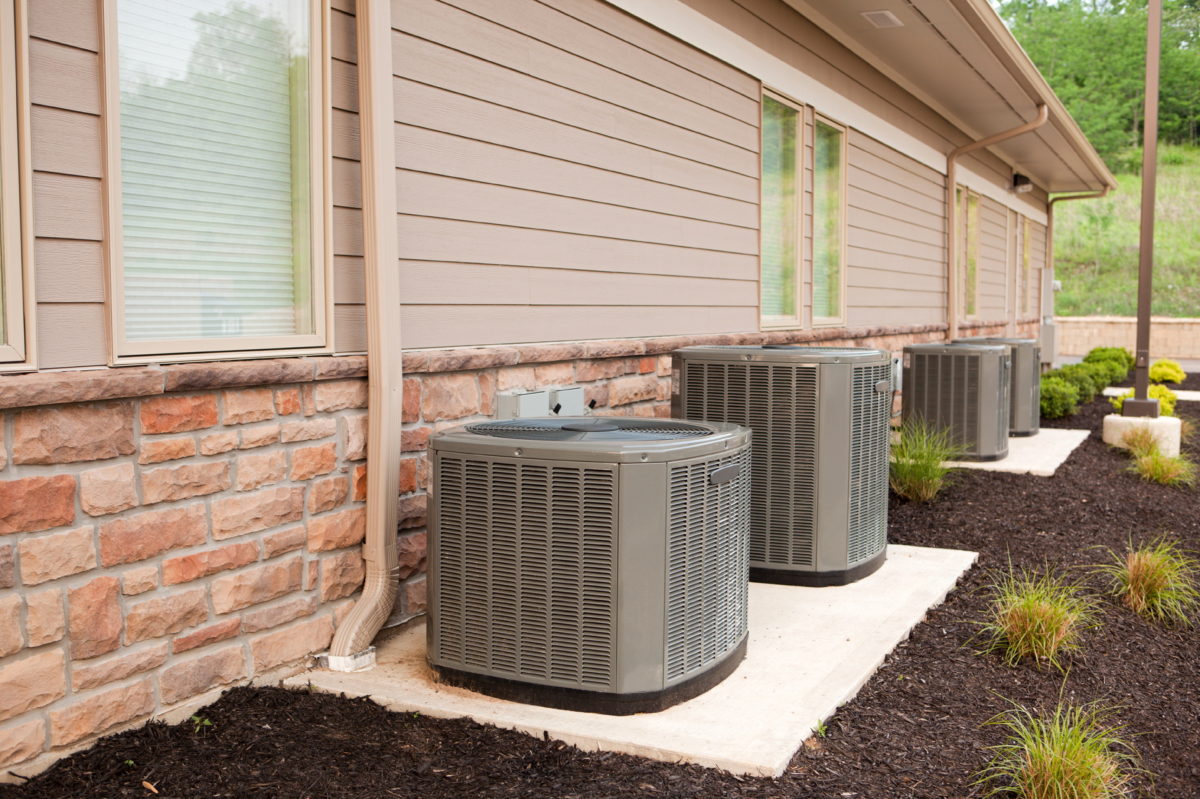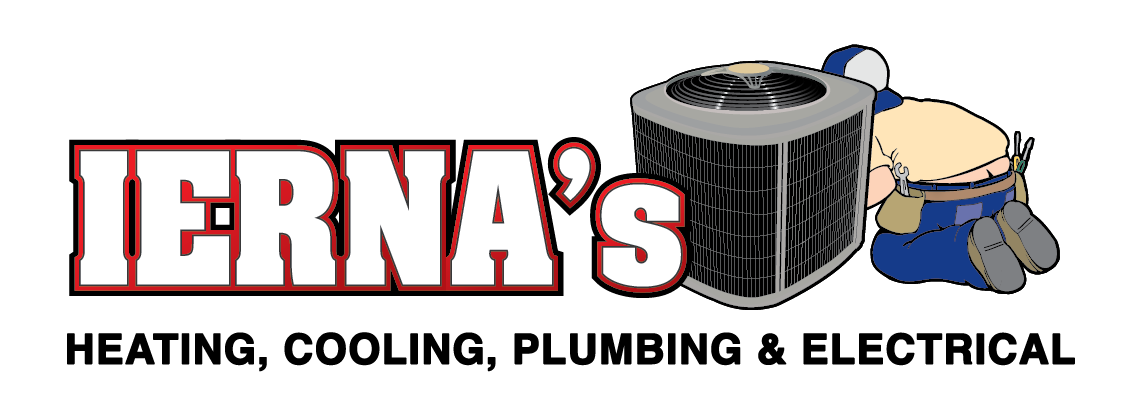
An air conditioner is a device that is designed to regulate the temperature and humidity of the air inside a building or a vehicle. The result is a comfortable indoor environment free from heat, humidity, and unpleasant odors. Understanding how an air conditioner works can help you maintain it properly, ensuring that it functions efficiently and effectively for years to come.
Table of Contents
Main Parts of an Air Conditioner
What are air conditioner parts and functions? An air conditioner comprises several key components that work together to regulate the temperature and humidity of the air inside a building or a vehicle. All of these components work together to create an effective and efficient cooling system. The main parts of an air conditioner include:
- Evaporator
Condenser
Expansion valve
Compressor
Find out how these parts work within the air conditioning unit.
Evaporator
An air conditioner removes heat and moisture from the indoor air, then circulates cool, dry air back into the room. The warm air from your home is drawn into the HVAC unit and is blown over the cool evaporator coils. The coils extract the heat from the air, cooling it down. The fans located behind the evaporator coils then circulate the cool air back into your home, reducing the temperature.
Condenser
The compressor is considered the backbone of an air conditioner and plays a critical role in its functioning. Despite its crucial role, the compressor also accounts for a significant portion of the air conditioner’s energy consumption and is often the most expensive component of the system. The primary function of the compressor is to compress the refrigerant, a warm vapor when it reaches the compressor, into a hot, compressed liquid.
Expansion valve
Between the condenser and evaporator is a small device known as the expansion valve. After the refrigerant condenses into a liquid, it cannot absorb heat. The expansion valve allows the refrigerant to expand into gas after experiencing a pressure drop and rapid cooling. This cooled, gaseous refrigerant is then directed into the evaporator coils to start the air conditioning process again. The coils help ensure that the refrigerant remains gaseous as it enters the evaporator coils, allowing it to absorb heat from the indoor air effectively.
Compressor
The condenser coil is the counterpart of the evaporator and removes heat from the refrigerant before expelling it to the outside environment. It is situated in the outdoor unit of the air conditioner. The function of the condenser coil is the reverse of the evaporator coil. A fan is used to blow heat away from the condenser, which results in hot air being expelled from the air conditioner’s outdoor unit. If you stand near the outdoor unit, you will feel the hot air being blown out. This heat results from the refrigerant changing from hot vapor to hot liquid within the condenser coil.
Other Components of a Central AC System
Along with the above, there are other parts of an air conditioner. They include:
Air filter
An air conditioner filter acts like a screen, preventing dirt, dust, and other airborne particles from entering the air conditioner. This critical component is located within the indoor unit.
Refrigerant
Refrigerant is the liquid responsible for providing cooling within the air conditioner. It circulates through the tubes within the unit and has specific properties that allow it to be compressed and expanded, enabling it to cool or heat a room.
Fan
Fans play a crucial role in the functioning of an air conditioner. They are used to circulate air from one component to another and to distribute cooled air throughout the rooms in your home. Additionally, fans prevent the outdoor unit from overheating by expelling heat away from the unit.
Thermostat
The thermostat is a crucial component of an air conditioner, responsible for regulating the indoor temperature to meet your desired setting. It acts as a control center for your air conditioner, allowing you to set your preferred temperature. The thermostat automatically turns the AC on or off to maintain this temperature.
How Do The Parts of an Air Conditioner Work Together?
All of these components work together to cool down a room. The cooling cycle of an air conditioner is a simple yet effective process. It starts with the compressor, which takes the refrigerant and compresses it into a hot, high-pressure liquid. This liquid then flows to the condenser coils, cooled down by a powerful fan.
Next, the refrigerant passes through the expansion valve, rapidly expanding into a cool gas. In this form, it enters the evaporator coils located in the indoor unit. The coils are cooled, and a fan within the indoor unit blows warm indoor air over the coils, extracting heat and cooling down the air.
If any of these parts are not-functioning, it can lead to problems with your air conditioning unit. You should check that there is power to your unit. In some cases, the circuit breaker may have tripped and disconnected power. If that is not the case, then call a professional to inspect the unit. With all these moving parts, it can be impossible for homeowners to diagnose the problem alone.
Signs Of A Problem With AC Components
Air conditioners, like all appliances, can experience issues over time that prevent them from functioning optimally or even stop them from working altogether. Some common problems include:
- Unpleasant odors coming from the AC
- Clogged air filters
- Water leaks from the indoor unit
- Lack of cold air
- Unusual noises
These problems cause plenty of inconveniences and can lead to higher energy bills for your home. To ensure the best performance from your AC, address these problems promptly by seeking the help of a qualified professional.
While you may know the essential parts of an AC unit, you should leave any work to the professionals. When you need an AC repair, turn to Ierna Air. We have the experience and knowledge to find your unit’s problems and resolve them quickly for you. Call now to book an appointment

